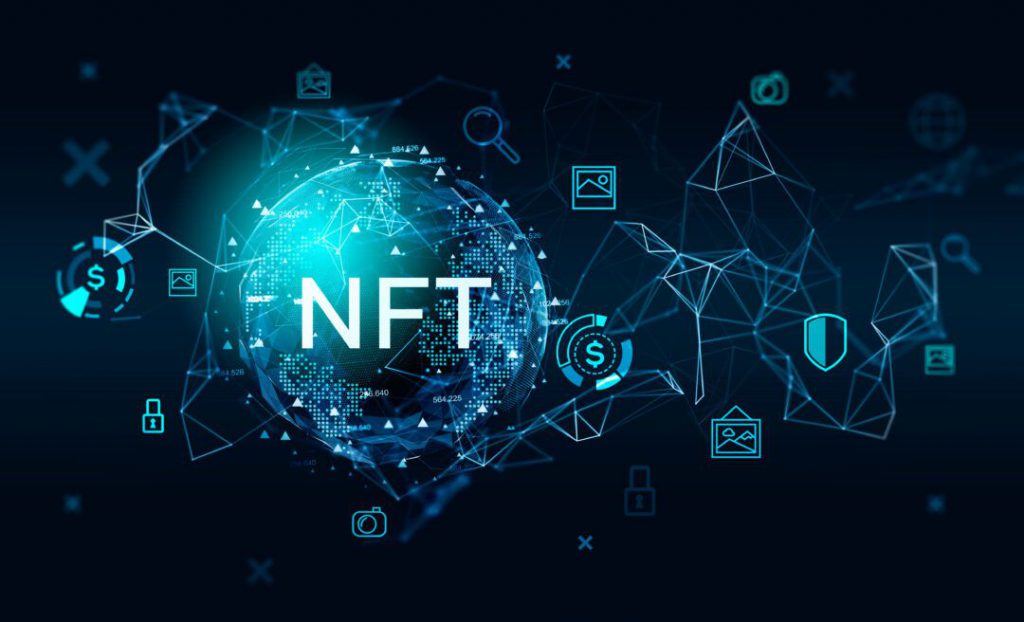Keeping Your NFTs Safe: NFT Security Best Practices
NFTs are part of blockchain technology, which promise to bring greater security and better risk management. Billions of dollars are transacted daily on the blockchain, proving its use case and increasing trust in the system.
However, every system is not 100 percent secure against attack. Scammers are consistently coming up with new ways to steal NFTs and cryptocurrency. Fortunately, most of these scammers’ tactics can be defeated with some common sense. Like many cybersecurity professionals say, the weakest link is the human factor.
Here are some best practices to look out for when dealing in NFTs.
Don’t Expose Your Seed Phrase
Your wallet’s seed phrase is the backup method to recover your wallet. Leaving it lying around is like giving a stranger the keys to your car.
Never, ever give the seed phrase to anyone, not even to staff of the platform. For even greater security, don’t write your seed phrase anywhere digitally. Instead, write it down on a piece of paper and store it away securely.
Don’t Simply Click Any Links
Whether it’s a DM on Instagram or an official-looking email, never click any links sent to you. This age-old trick is known as “phishing” and it has been used to steal money from traditional bank accounts.
Every time you go on mcsdg.io, always double-check the URL of the page you’re on, and make sure that you’re in the right place.
Scammers will also try to send you fake emails claiming your NFT has been sold, or that you have won a contest. Don’t click any of the links in these emails – they will take you to a fake phishing site where they will gain entry into your wallet.
Create Strong Passwords Using Password Managers
Simple passwords like “abc123” or “hunter2” will no longer cut it in today’s sophisticated world of dictionary attacks and brute forcing. Instead, you should use password managers like KeePass to generate long, complex passwords.
As a matter of security hygiene, you should also change your passwords every three months. Password managers make that easy to do.
Use Two-factor Authentication
Two-factor authentication (2FA) requires you to provide an extra layer of verification to access your online accounts. This normally involves a code sent to your phone. Online banking has used this technology for years as a secure way to bank online.
For strongest security, time-based one-time passcode (TOTP) apps like Google Authenticator work best, as well as being user-friendly and easy to set up.




